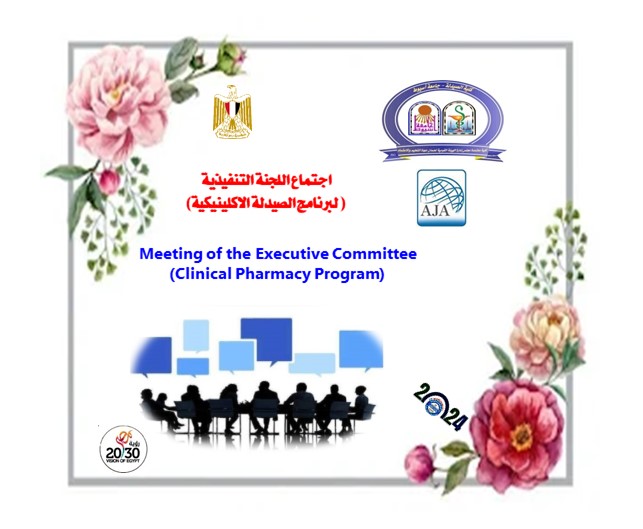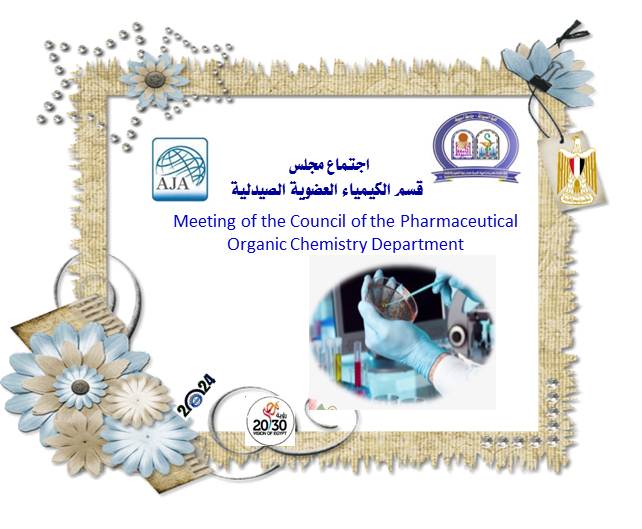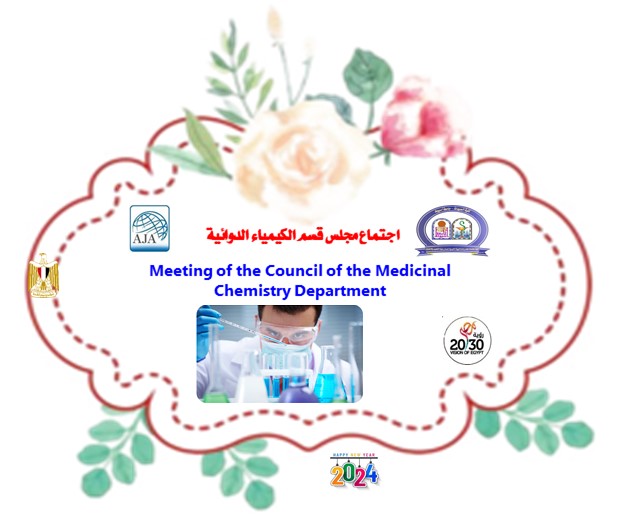Ice-fouling on superhydrophobic and slippery surfaces textured by 3D printing: revealing key limiting factors
burden to various industries (e.g. energy, transportation, aviation, building). Employing repellent surface
chemistry on engineered surfaces (e.g. pillar, tubular, porous) delays icing and reduce ice adhesion. However, the
limiting parameters that fail the icephobic properties of "slippery" and "superhydrophobic (SH)" surfaces are not
well explored. Herein, we introduce anodized and chemically modified "slippery", and "SH" surfaces textured by
3D-printing to justify their ice-phobic properties considering the influencing factors, namely surface energy and
roughness, temperature and humidity gradient, and droplet-to-surface contact area. Although "slippery" and "SH"
surfaces can resist ice nucleation for a few hours at moderate subzero temperatures, they fail when the temperature
drops to -12◦C. Despite posing ~10 times lower adhesion strength (i.e. shear stress) than the control,
"SH" surface with moisture-induced micro ice-crystals exhibited twice the ice-adhesion measured without the
presence of micro ice-crystals on it. In contrast, the "slippery" sample, due to antifreeze properties, did not get
affected by the presence of moisture-induced micro ice-crystals, exhibiting ~17 times lower adhesion strength
than the control substrate. The comparative aspects and explored limiting factors of icing on "slippery" and "SH"
surfaces are significant for many industries that suffer from ice-fouling.










